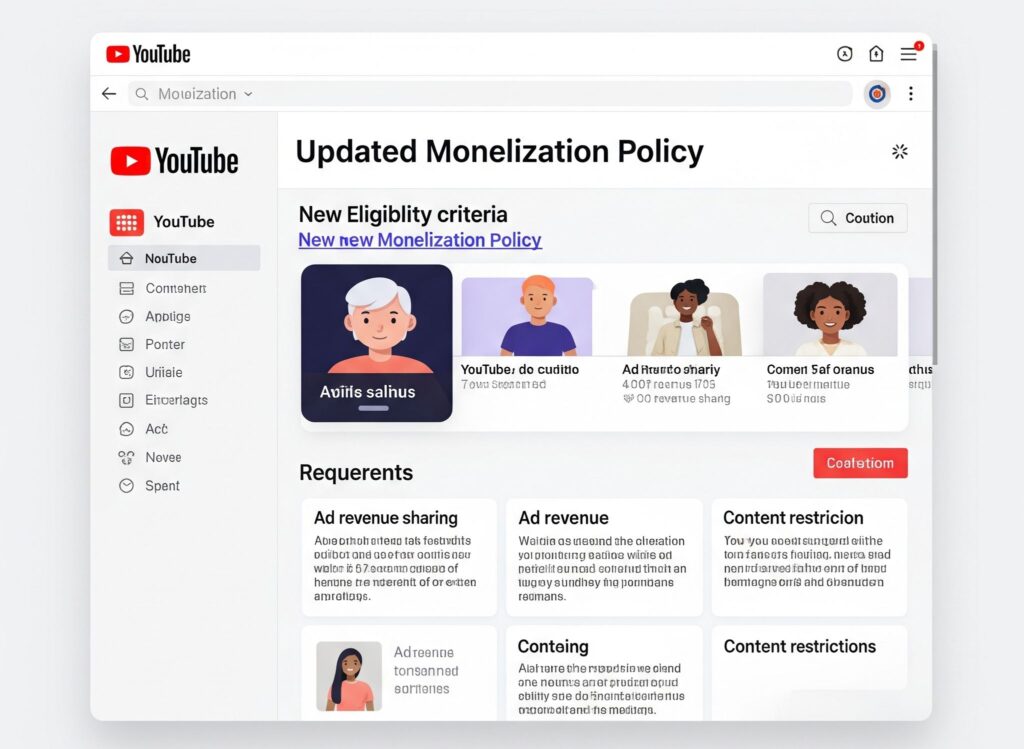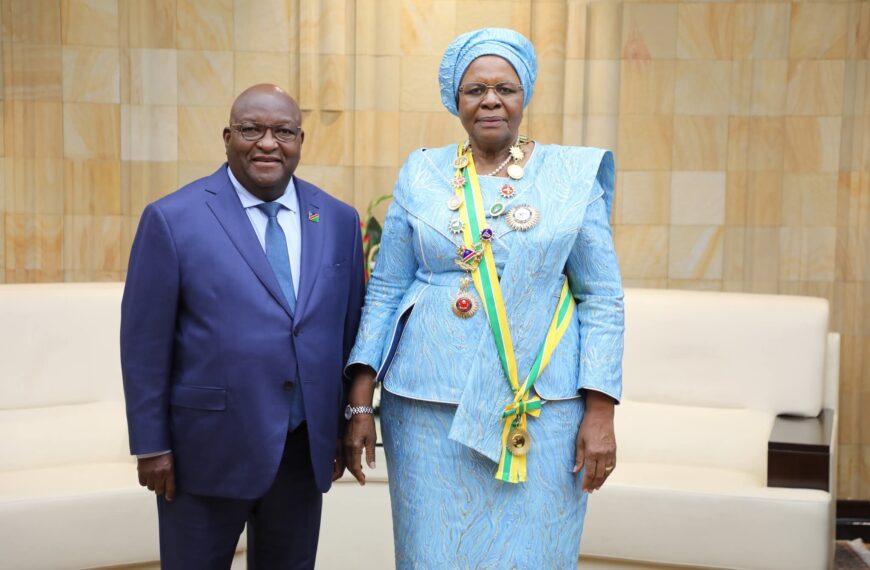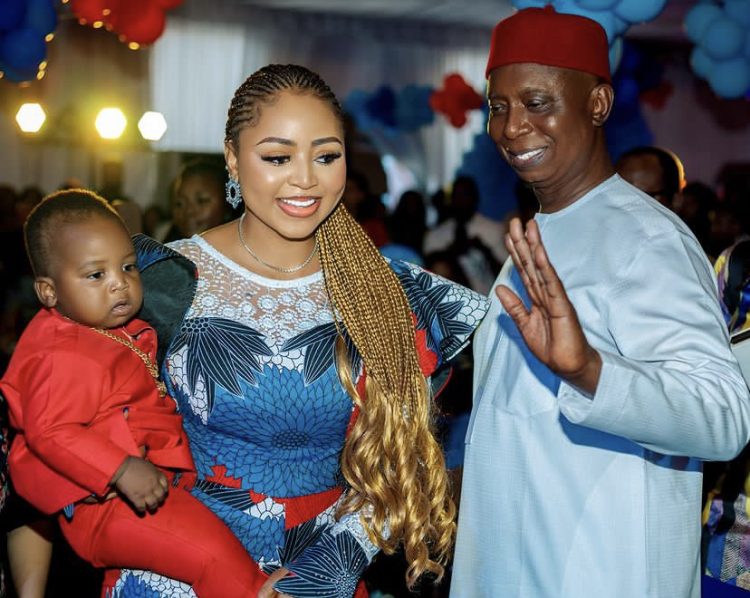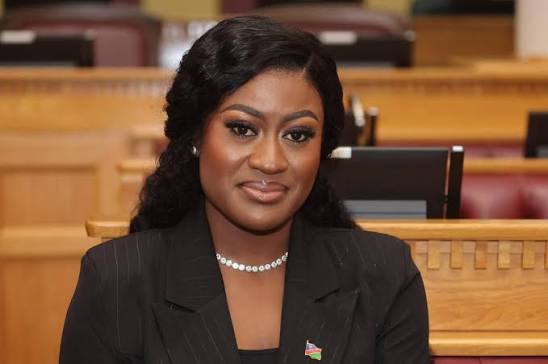
YouTube has updated its content monetization policy, specifically targeting a growing trend of low-quality, mass-generated videos created with artificial intelligence. The platform, owned by Google, is now enforcing stricter standards to ensure that only original, value-driven content qualifies for earnings under the YouTube Partner Program (YPP).
Effective from 15 July 2025, the revised policy expands on what YouTube now categorizes as “inauthentic content” a term that replaces the previous “repetitious content” label. The new focus is on videos that are heavily automated, such as those built solely with AI-generated voices, stock footage slideshows, or bulk-scripted content lacking human creativity or commentary.
According to YouTube, these changes are not meant to penalize creators who use AI tools to enhance their content, but rather to prevent monetization of videos that offer no unique insight, editing, or personal value. Content creators who add their own voice, analysis, or significant visual effort remain eligible for monetization even if they use AI tools as part of their workflow.
Reaction videos, commentary channels, educational explainers, and transformative content are still safe, as long as they meet YouTube’s standards for originality and viewer engagement.
This policy shift comes amid rising concerns about “AI slop” a term used by critics to describe the flood of bland, automatically produced videos that clutter search results and offer minimal user benefit. YouTube says the goal is to preserve the quality of its platform and reward creators who invest time and effort into their productions.
Community reactions have been mixed. While some content creators feared a broad crackdown on any AI usage, YouTube has clarified that responsible, creative use of AI remains fully supported. Only those relying entirely on automation without offering a human touch will be impacted.
This latest move by YouTube reflects a broader trend across digital platforms, where maintaining trust, quality, and originality is becoming a top priority in the age of generative AI.



























